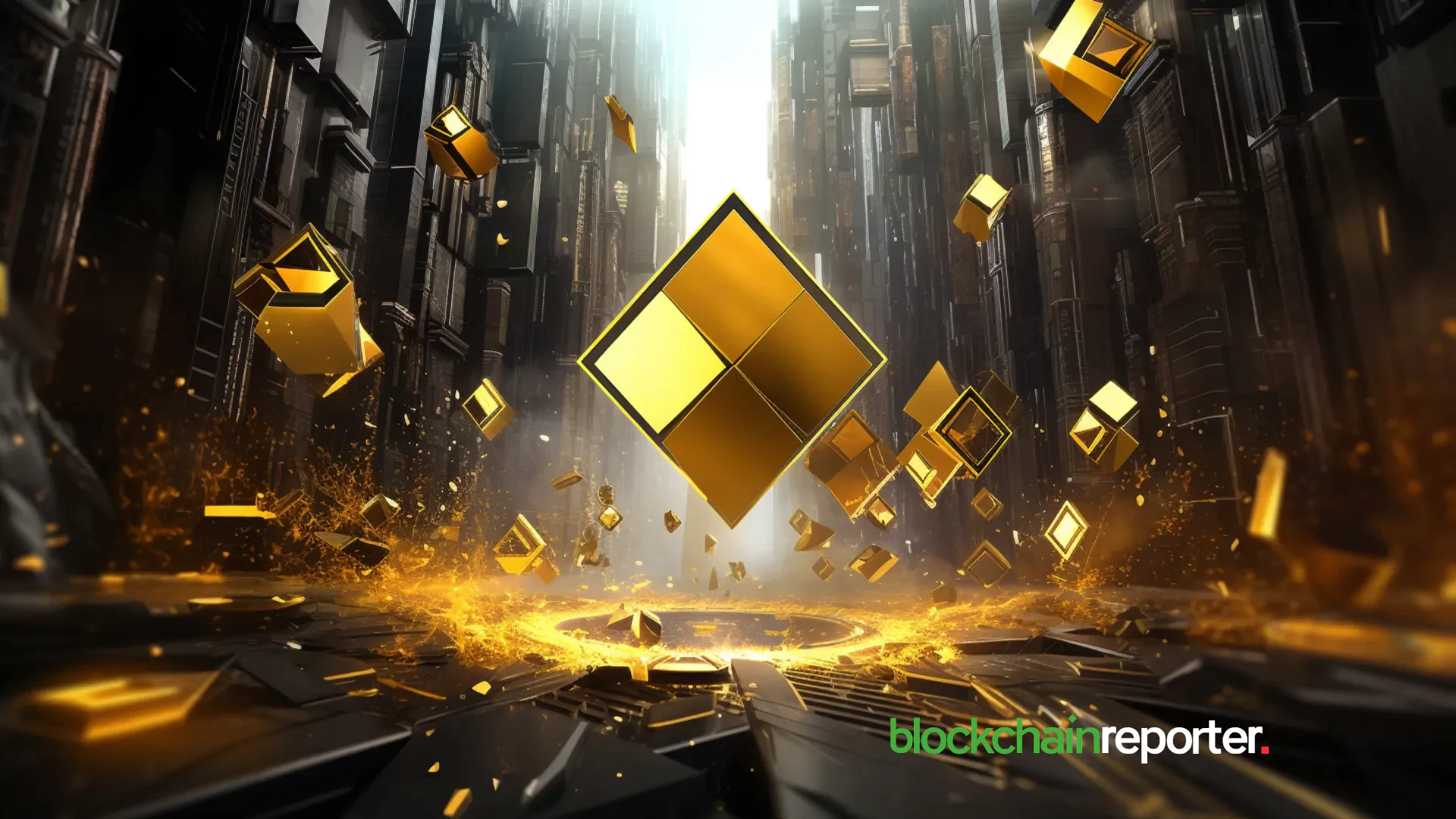How Tokenization is Solving 3 Pressing Problems in the Real World



Tokenization is the process of converting ownership of real estate, intellectual property, commodities, and other physical assets into digital tokens on a blockchain. Token holders can digitally sell, buy, or transfer their shares of the asset, benefiting from improved transparency, enhanced liquidity, and reduced transaction costs.
Tokenization is well-known in blockchain games. Certificates of ownership of cryptocurrencies, NFTs, avatars, or other in-game items shift control from gaming studios to players, fueling the growth of player-driven game economies. Another prominent example of tokenization is in the real estate industry.
Digital asset platforms convert property rights into tradable tokens, providing holders with fractional ownership of a property and the ability to digitize assets at a significantly lower cost. A single, standalone real estate property is converted into a number of tokens, so an investor can own a piece of a property worth $1 million for as little as $5,000 and sell his tokens without having to wait for one large client.
Tokenization’s power to solve real-world problems transcends the boundaries of gaming and real estate. An example is its use by the decentralized platform EcoYield to support the global transition to clean energy.
1. Tokenizing clean energy delivers much-needed transparency
The UN predicts that around 2 billion people will continue to rely on polluting fossil fuels and technologies for cooking by 2030, judging by the current pace. Renewable energy sources power almost a third of energy consumption in the electric power sector, yet the challenges remain. Annual growth in renewable energy installation is 9.6% in developing countries, but international funding for clean energy projects continues to decline despite pressing needs.
According to the UN, it’s necessary to speed up electrification and increase renewable energy investments, which is something tokenization can help achieve. Renewable energy technologies, especially solar and wind, are already more cost-effective than fossil fuels in many parts of the world. The levelized cost of electricity for renewable technologies, or LCOE, continues to drop. The average global LCOE from new renewable projects declined across most technologies in 2023, including solar (-12%), offshore wind and hydropower (-7% for both), concentrated solar power (-4%), and onshore wind (-3%).
Lower costs mean higher returns for investors, and what’s more, renewables contribute to resilience to climate change. One problem with clean energy funding is that the existing infrastructure is outdated and locked behind slow-moving institutions and private equity. EcoYield, a decentralized platform for investing in tokenized clean energy infrastructure, is addressing this issue as the first protocol to tokenize solar and battery energy revenue in a scalable manner.
Among its pilot projects are a 994 kWp rooftop, a 100 kW hotel, and a 30 kW hydro project, and it has entered into partnership and ecosystem agreements with Chainlink and Polygon. The platform operates based on a simple premise: users sign up, connect a wallet (or fiat onramp), and stake into a hydro, battery, or solar project vault. They receive real yield and bonus $EYE rewards and can choose to lock $EYE for governance rights and higher rewards. LP tokens are tradable for early liquidity.
EcoYield aggregates contributor funds (fiat or USDC deposits), invests them into verified solar and battery energy storage system projects, collects real yield via PPAs, and distributes it back to contributors in their choice of ETH or USDC. The yield comes from solar-backed income or sales from another renewable energy source. The platform will also have DAO-governed infrastructure to steer projects, treasury decisions, and its long-term strategy. Its goal is to make the future of clean energy funding transparent, decentralized, and universally accessible.
2. Tokenized supply chains connect fragmented data and enhance visibility
Fragmented data is a constant challenge to traditional supply chains, making it difficult to verify authenticity, track goods, and ensure compliance. Supply chain operations also struggle with fraud and lack of visibility.
Supply chain assets can be converted into digital tokens on a blockchain, with the tokens representing rights, value, or ownership of supply chain elements. This can enhance supply chain efficiency and visibility. For example, tokenization has been used to improve transparency and traceability in the seafood industry, ensuring the origin and quality of products from sea to table.
Businesses can tokenize materials, such as agricultural goods or metals, to track ownership, facilitate real-time trade, and manage inventory more efficiently. Digitizing warehouse stock allows for improved supply chain financing, more precise tracking, and automated reconciliation.
Companies can issue tokenized purchase orders and invoices to reduce disputes, streamline payments, and enhance cash flow through automated settlements. Tokenizing delivery fleets, freight containers, and cargo shipments will enhance tracking, reduce fraud, and improve the efficiency of logistics operations.
3. IP tokenization improves valuation accuracy and minimizes dispute risk
Intangible assets that are legally protected through copyright, trademarks, patents, or trade secrets represent creations of the mind and include creative works, technological advancements, proprietary business strategies, etc. Intellectual property is a core revenue driver for businesses, whether through royalties, licensing, or direct commercialization. However, the traditional IP market is opaque, with limited opportunities for secondary trading and valuation discrepancies.
Digital tokens can represent ownership, utility access, or economic benefits derived from an underlying IP asset. Some advantages of tokenized IP include automated royalty payments, liquidity for IP owners, blockchain-based audits, improved investor access, brand monetization, and new financing models.
Smart contracts ensure transparent yield distribution to token holders in real-time, while illiquid assets such as copyrights, patents, and trademarks become digitally tradable. Transparent audit trails reduce disputes and improve valuation accuracy.
By tokenizing trademarks, companies allow investors to participate in licensing revenue and brand expansion. Tokenized IP can serve as collateral for financing, unlocking new sources of capital. Artists, musicians, and film studios can tokenize revenue streams or copyrights, directly sharing revenue with investors.
By tokenizing drug patents, pharmaceutical companies help investors finance drug development. Finally, tokenized software licenses enable the purchase and resale of access on-chain.
When tokenization fails
Not all assets are suitable for tokenization, which some businesses have learned the hard way. These include low-liquidity and highly regulated assets as well as assets with complicated ownership structures. Tokenization thrives on a vibrant market, and assets like a remote property or specific piece of machinery, in which interest is limited, might struggle to attract investors. The tokens will become illiquid as a result.
Assets like derivatives and securities already have established regulations, and tokenizing them risks inviting regulatory scrutiny.
Tokenization is most effective when ownership is clear and verifiable. Assets with multiple ownership layers, murky titles, or complex use rights are challenging to represent on a blockchain accurately.

Whale Accumulation Hits Six-Year High as Ethereum Eyes $4K Breakout
Ethereum whales accumulate 1M $ETH as exchange reserves drop and staking hits record highs, setting ...

Binance and OKX Set Benchmark in Proof-of-Reserves Among Major Crypto Exchanges
Binance and OKX lead in Proof-of-Reserves transparency, Bybit and Kraken show progress, while Coinba...

Decentralized Exchanges Hit $113B Weekly Volume as PancakeSwap Leads with $65B
The decentralized exchanges (DEX) are witnessing serious traction, with the total weekly trading vol...

